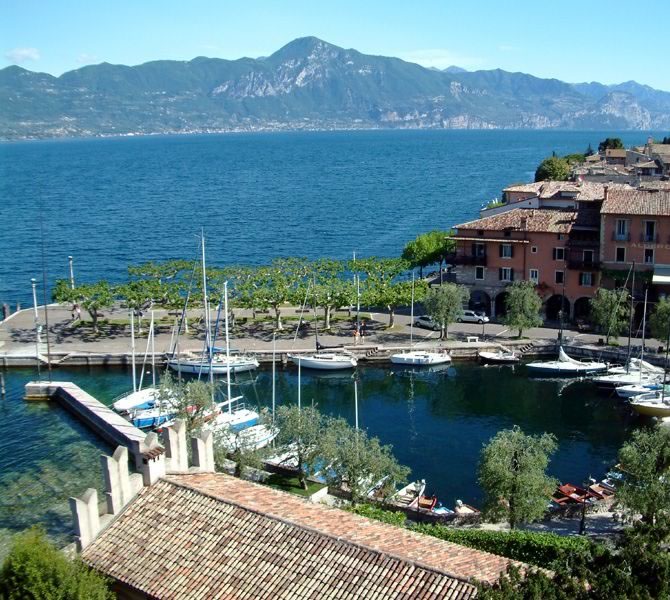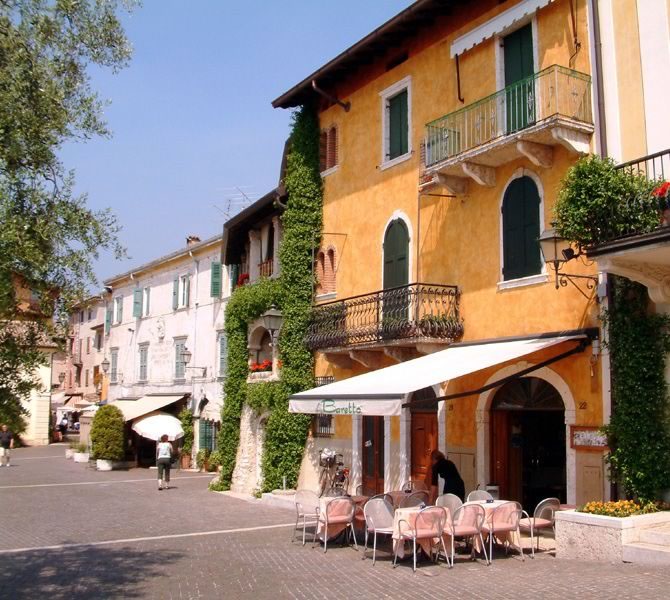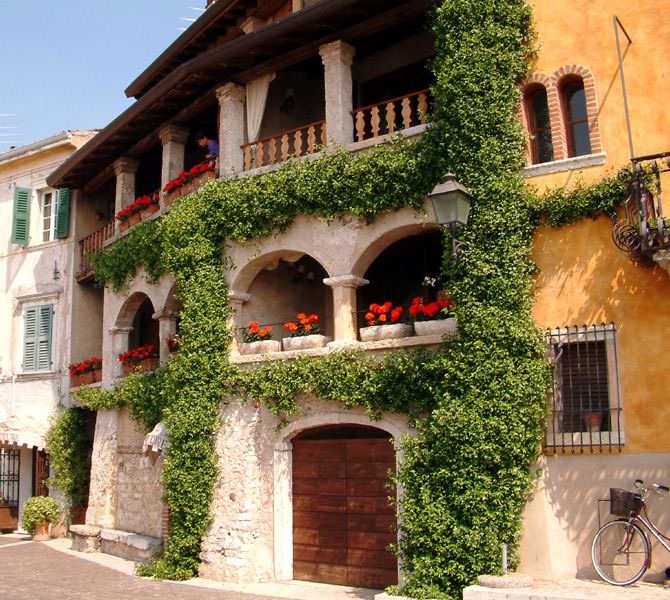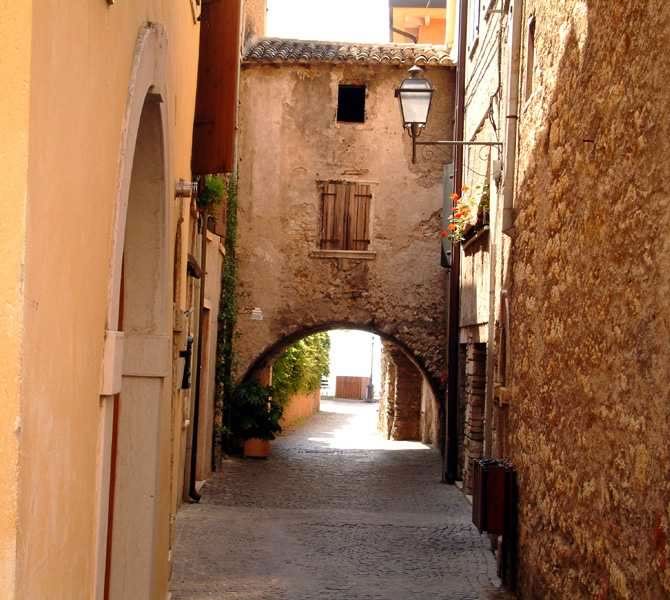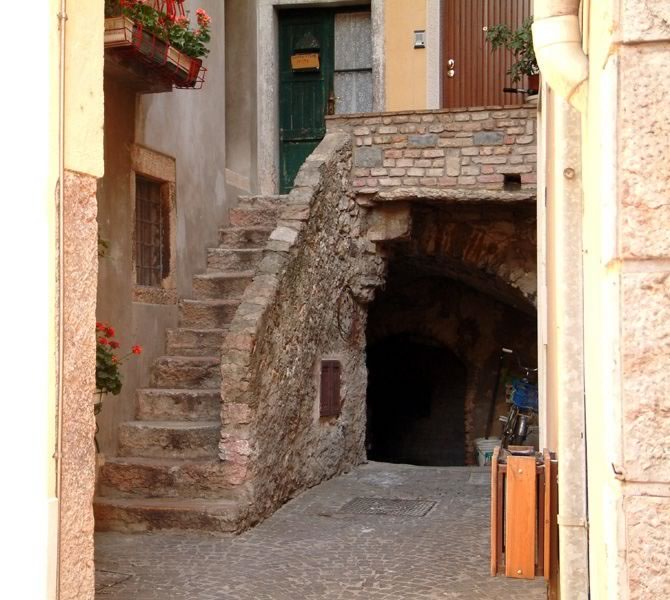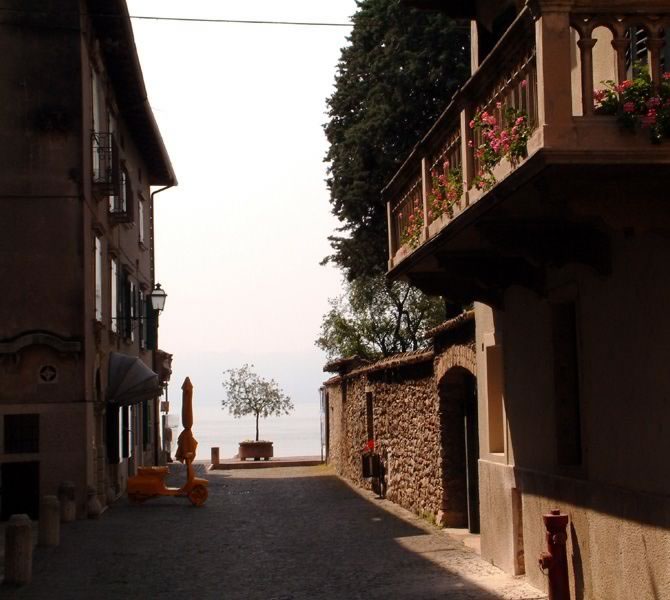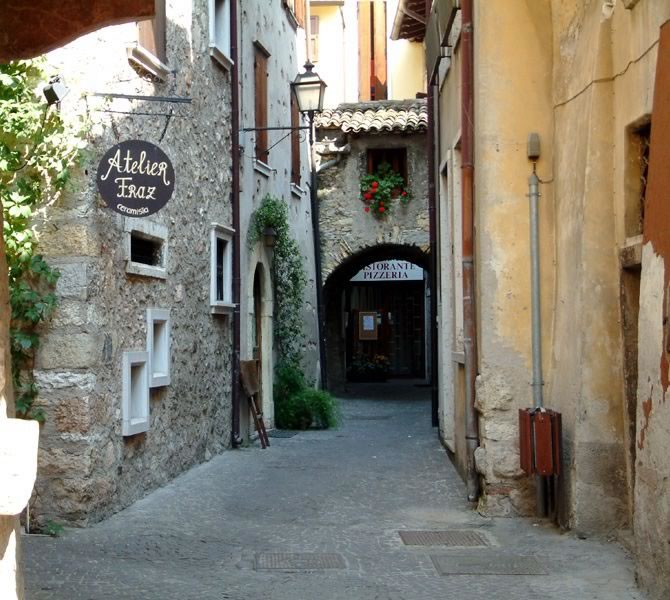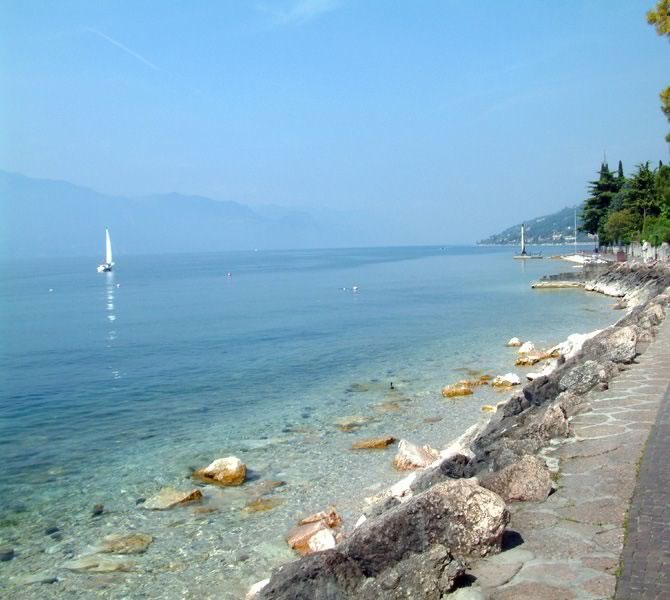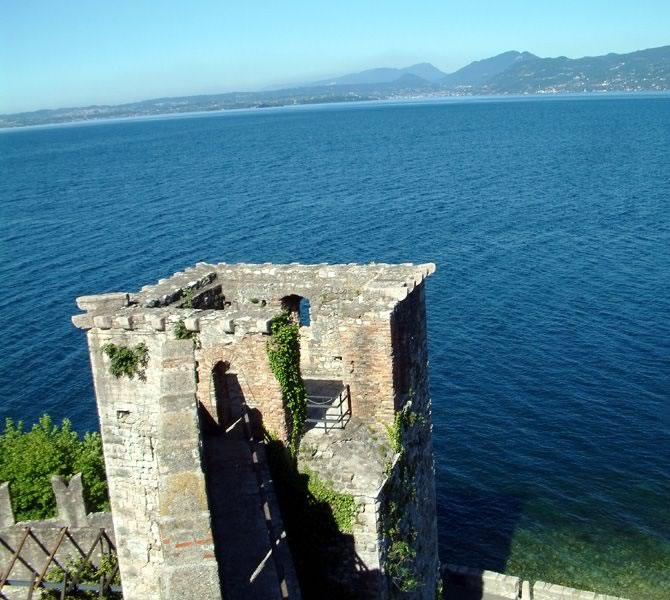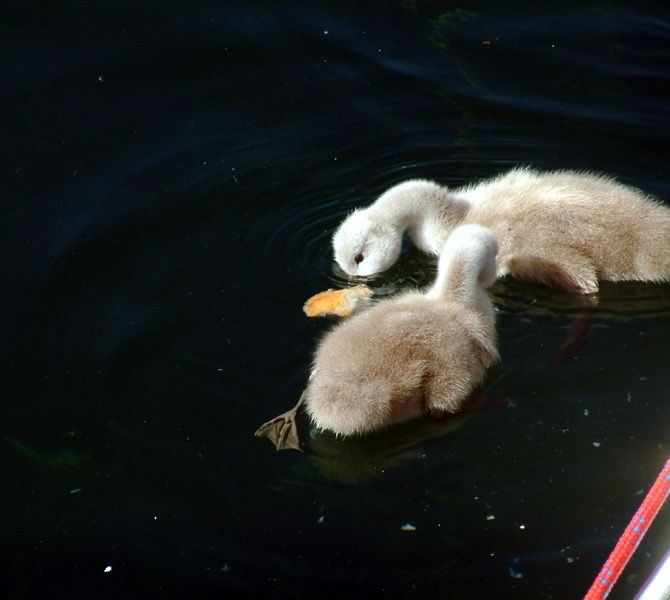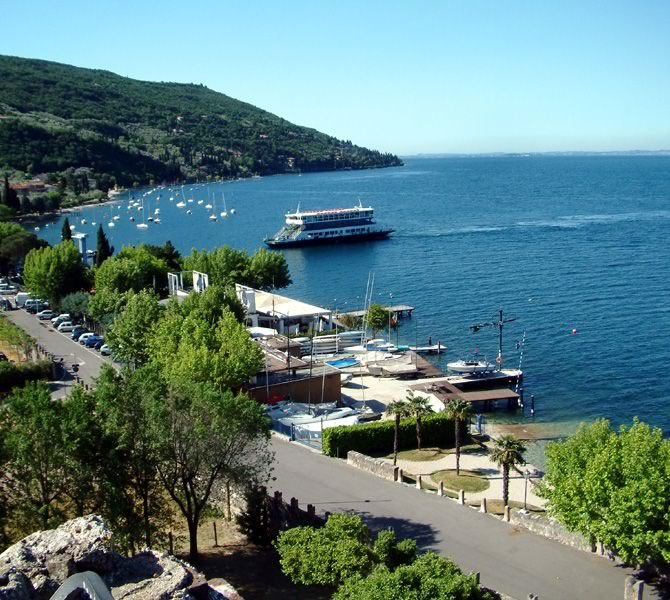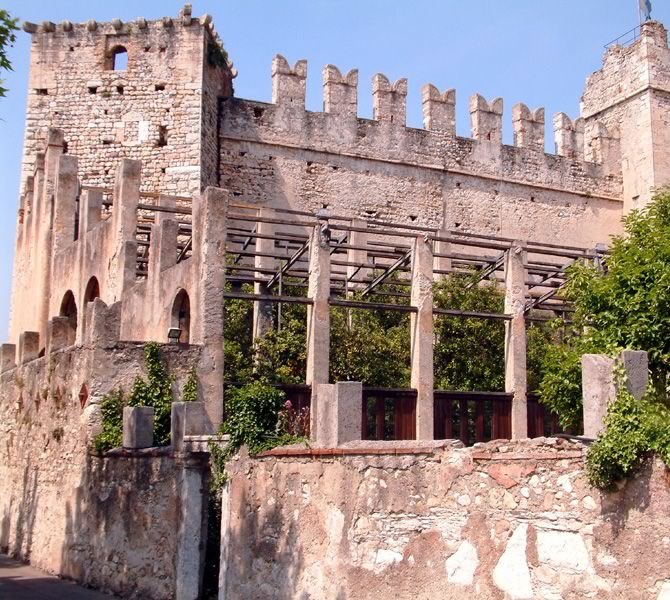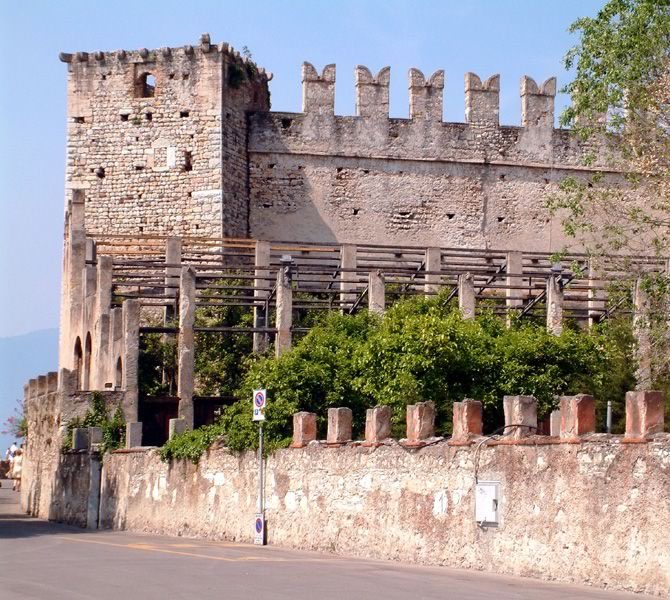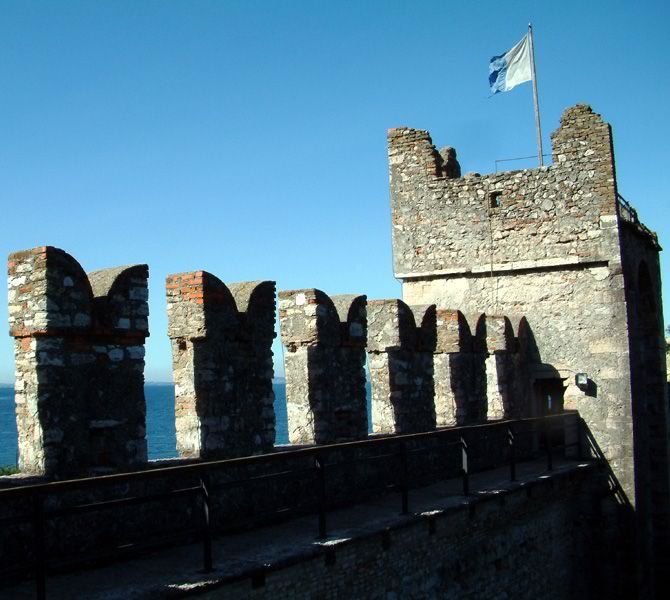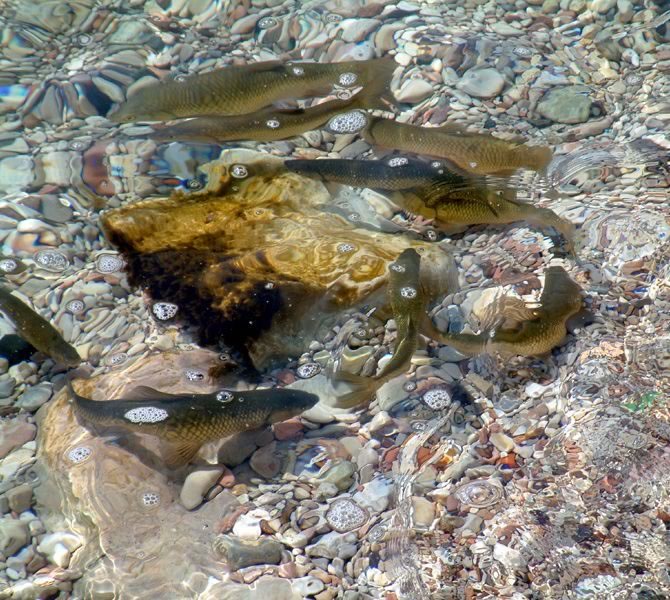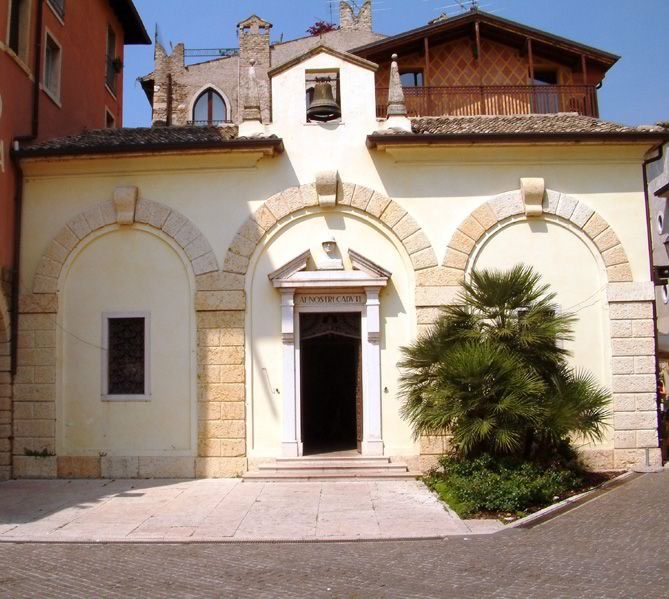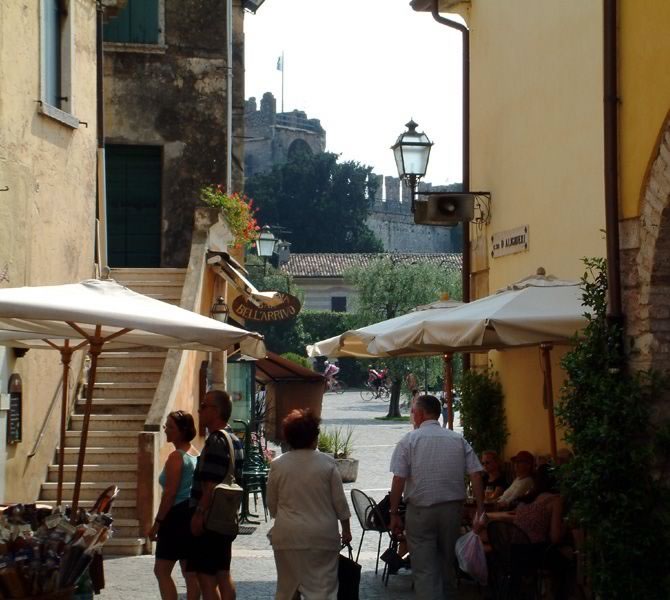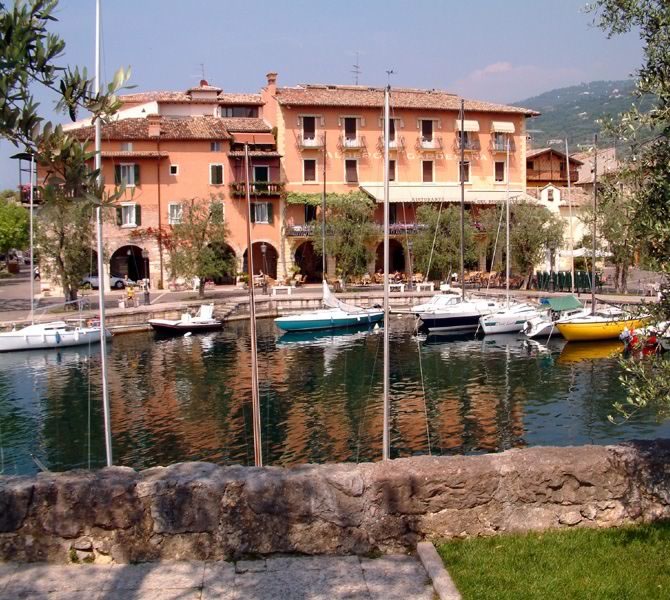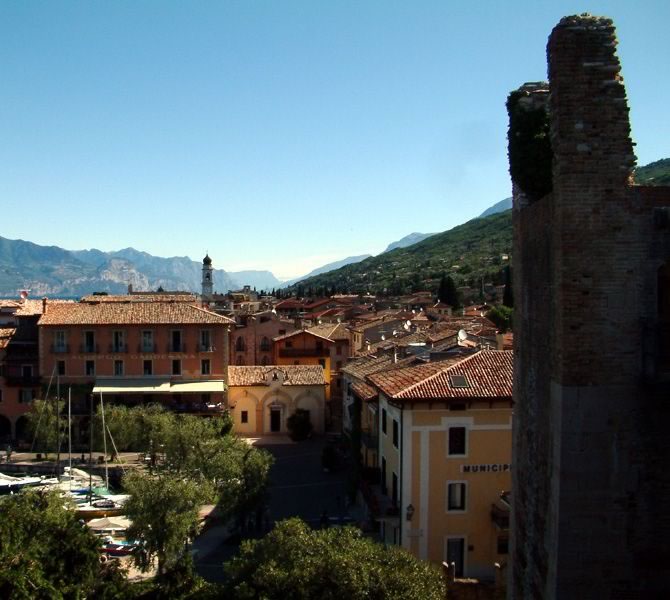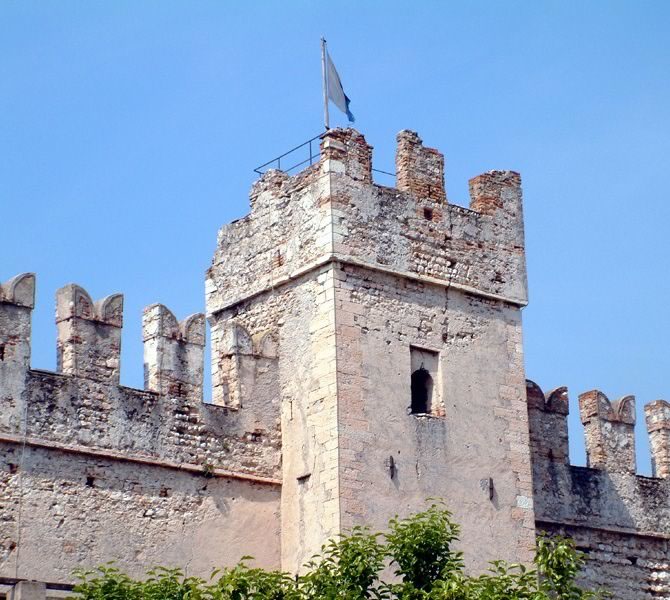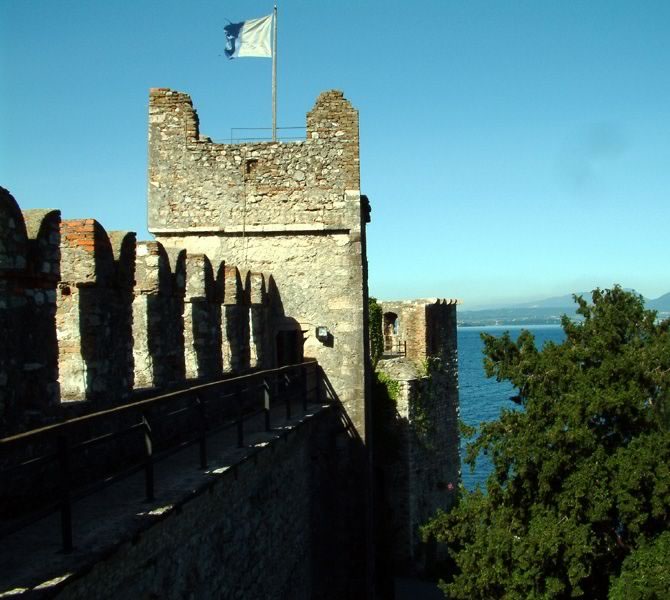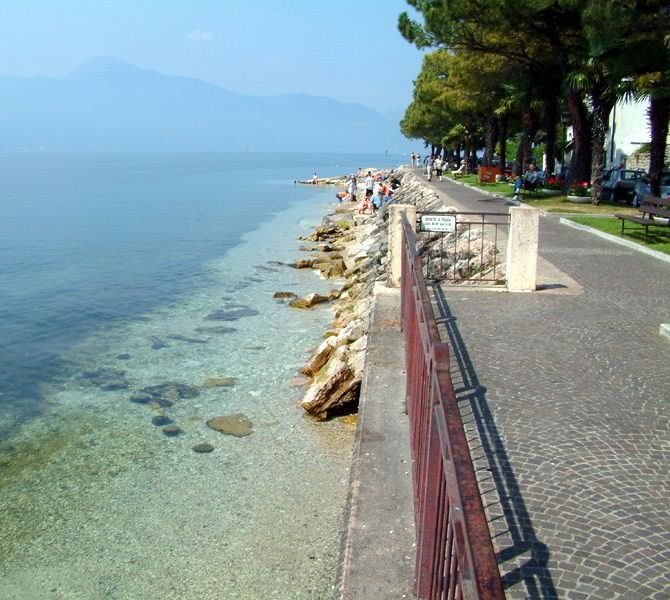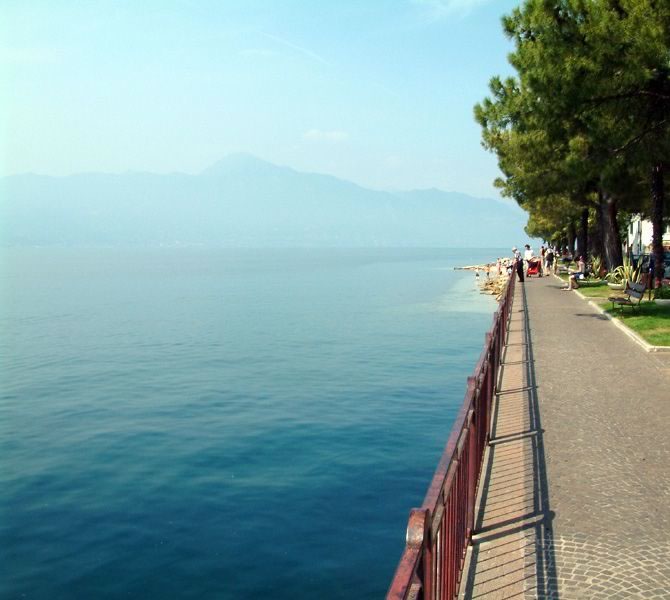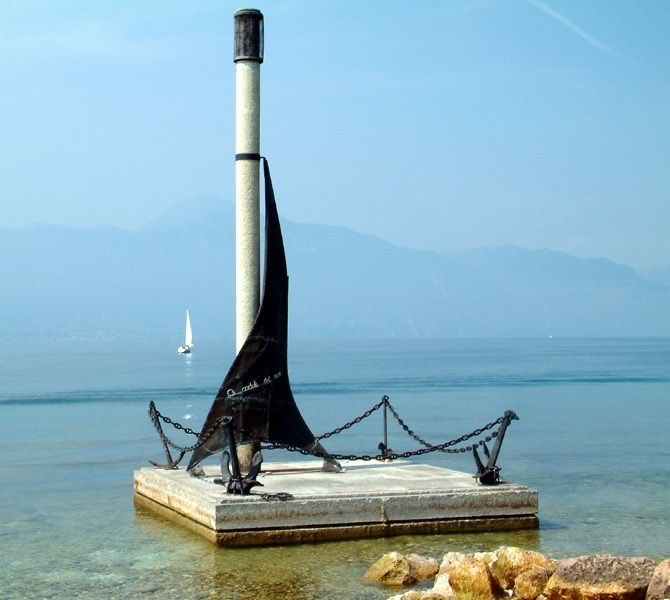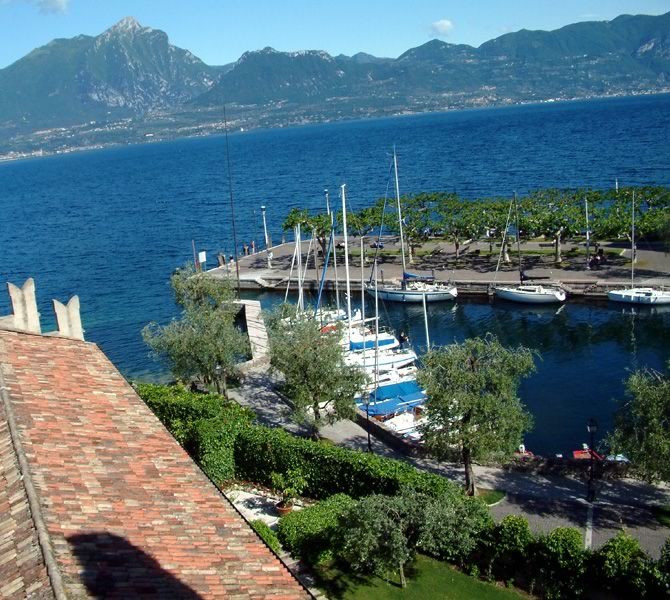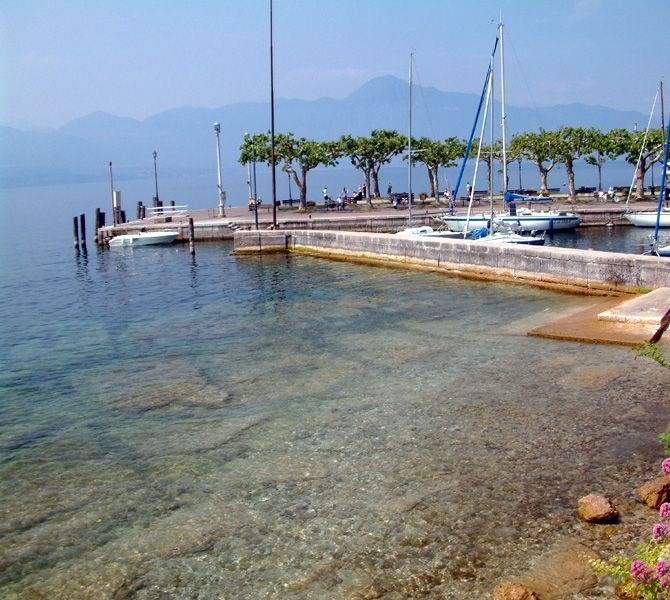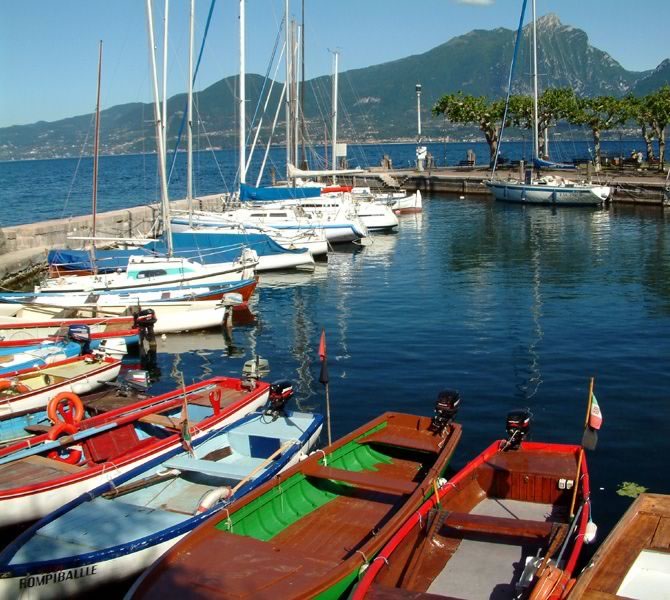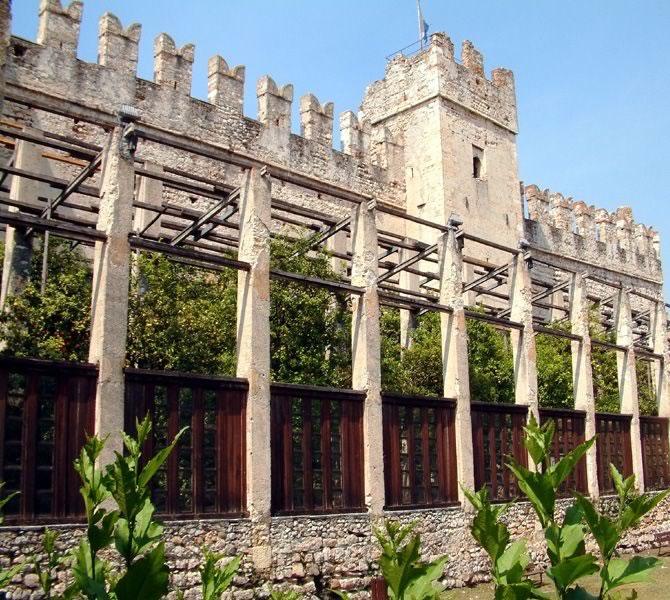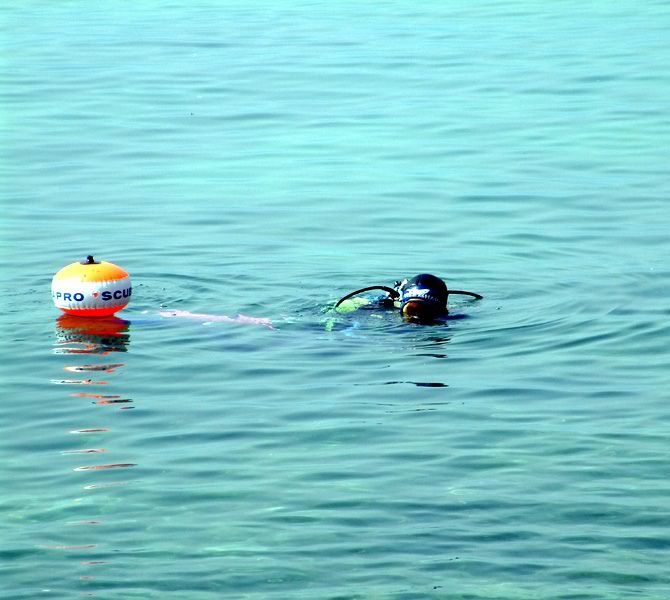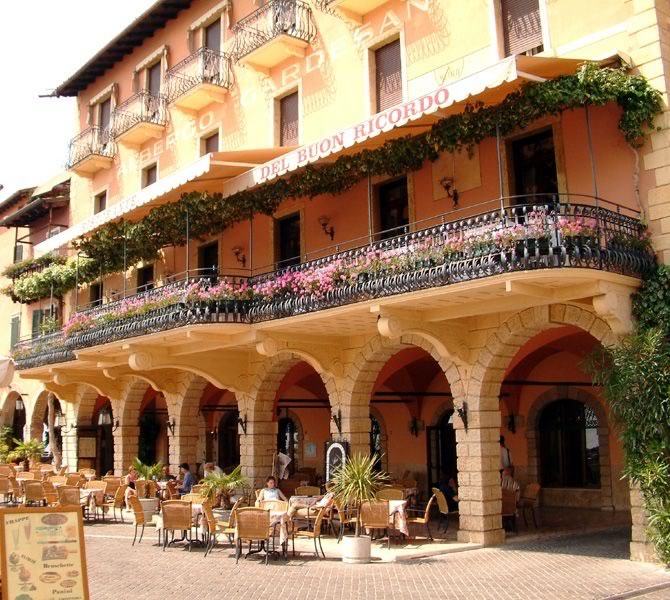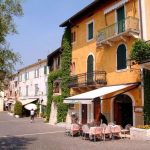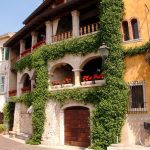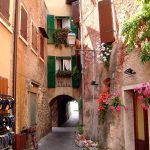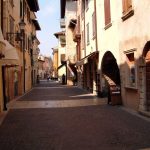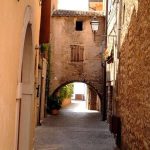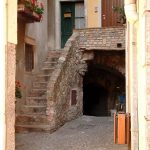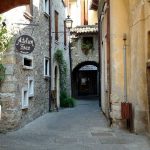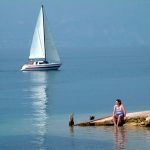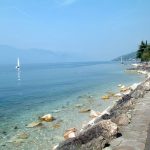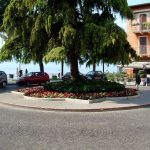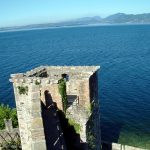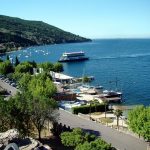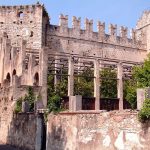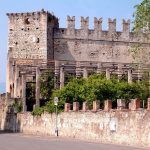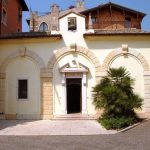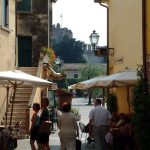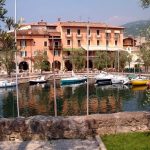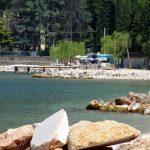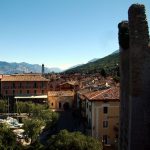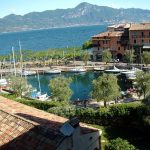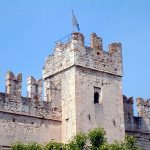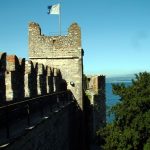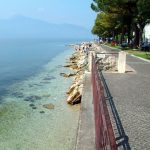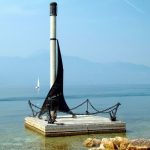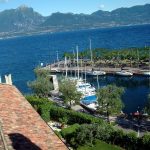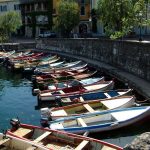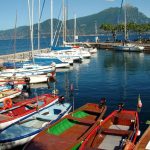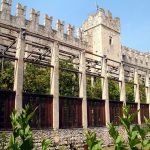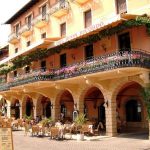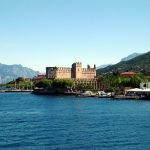Torri del Benaco
HISTORY OF TORRI DEL BENACO
Torri del Benaco was inhabited just in the Prehistory, they called it “Tulles”, which means: capital of the “Tulliassi” people. Then the Romans squat the territory and named the village “Castrum Turrium” because of its numerous towers. It became seat of important military headquarters, thank to its good geographic position, a connection along the waterline between Riva and Peschiera. Then Torri del Benaco was reigned by the Longobards and in the first years of the 10th. century lived here King Berengario I, defending the town against the Ungarian battles. He constructed a great fortress, today this building is still in a good condition. During the 11th. century Torri belonged to the “Contea di Garda”, then, in 1193 it became part of the Commune of Verona, later it was ruled by the Scaligeri, who enlarged and strengthened the fortress and edified the beautiful clock tower “La torre dell’orologio”. After a short “intermezzo” by the reign of the Visconti Family and the Carraresi Family, Torri del Benaco came under the Republic of Venezia (1405).
 During “La Serenissima”, in the 14th. century, the palace “Palazzo Gardesana” was built today an elegant hotel. It is situated next to the port and was seat of the federation “Gardesana dell’Acqua” compounded by 10 Gardesana Communes. They discussed about taxes, sorveillance, and protection against smuggling. Chief of this federation was the captain, nominated by the Republic of Venezia, with the headquarters in Malcesine, but the second office, the police commando with three armed ships, was to find in the castle of Torri del Benaco. During the first years of the Venetian domination, the inhabitants founded another company, the cooperation of fishermen of Torri and Garda, today still existing. In 1452 they got the fisher rights by Conte Bertelli, covering the richest fish zone of Lake Garda, named “La Peschiera di San Vigiglio”. Thanks to the various ways of trade and the multitudes in the economy -sphere during the supremacy of the “Serenissima”, Torri “bloomed” and became one of the richest towns of Garda. Some buildings remember this “age”, such as “Palazzo Mari”, in Vicolo Cairoli; then “Palazzo Gardesana”, built in the 15th. century by the titled family “Calderoni”. The most famous member of that family was Domizio Calderoni, born in Torri, in 1444 and died at the age of 30 as a aftermath of plague. In the church Santa Trinità you can admire his tomb. During the occupying power of Napoleon, Torri became military camp for French soldiers, then ruled the Austrians till 1866, at least it became part of the Republic of Italy. The surrounding landscapes are cultivated by olive yards, enlarging from Torri up to Albisano. In the midst of these olive plantations we arrive at two antique places, named “Coi” and “Loncrino”, formerly castles and little fortresses, always situated nearby little brooks. At Loncrino there is a wonderful chapel with statues of the “Madonna, San Giovanni Battista and San Sebastiano”.
During “La Serenissima”, in the 14th. century, the palace “Palazzo Gardesana” was built today an elegant hotel. It is situated next to the port and was seat of the federation “Gardesana dell’Acqua” compounded by 10 Gardesana Communes. They discussed about taxes, sorveillance, and protection against smuggling. Chief of this federation was the captain, nominated by the Republic of Venezia, with the headquarters in Malcesine, but the second office, the police commando with three armed ships, was to find in the castle of Torri del Benaco. During the first years of the Venetian domination, the inhabitants founded another company, the cooperation of fishermen of Torri and Garda, today still existing. In 1452 they got the fisher rights by Conte Bertelli, covering the richest fish zone of Lake Garda, named “La Peschiera di San Vigiglio”. Thanks to the various ways of trade and the multitudes in the economy -sphere during the supremacy of the “Serenissima”, Torri “bloomed” and became one of the richest towns of Garda. Some buildings remember this “age”, such as “Palazzo Mari”, in Vicolo Cairoli; then “Palazzo Gardesana”, built in the 15th. century by the titled family “Calderoni”. The most famous member of that family was Domizio Calderoni, born in Torri, in 1444 and died at the age of 30 as a aftermath of plague. In the church Santa Trinità you can admire his tomb. During the occupying power of Napoleon, Torri became military camp for French soldiers, then ruled the Austrians till 1866, at least it became part of the Republic of Italy. The surrounding landscapes are cultivated by olive yards, enlarging from Torri up to Albisano. In the midst of these olive plantations we arrive at two antique places, named “Coi” and “Loncrino”, formerly castles and little fortresses, always situated nearby little brooks. At Loncrino there is a wonderful chapel with statues of the “Madonna, San Giovanni Battista and San Sebastiano”.
Not far away from Loncrino we can find the little chapel of San Antonio (15th. – 17 th. century), an antique heritage, keeping a precious fresco of Torri, with its identical aspect of 16th. century. (the chapel can be visited only on the 13th. of June, every year). In the South part of the town lies the little church San Faustino. In the chapel (private property) you can admire precious frescoes of the 14th. century and an altar piece of the 17th. century. Nearby the side- altar there is the tomb of Pietro Malerba. Between Torri del Benaco and Albisano there is another Medieval hamlet, named Crèr. In the midst you can find a nice little church San Siro, built in 1713, providing for you magnificent panoramas.
ARTS
Nearby the harbour there are to find the most important buildings, like “Palazzo Gardesana” with the little church “Santissima Trinità”. Inside it keeps precious frescoes, of the 14th – 15th. century. On the other side of the square, named “Piazza”, you can see the fortress, built on ruins of a Medieval castle built in 1383 by Antonio della Scala. During the war against the Scaligeri, the castle was conquered by the Visconti Family, followed by the “Serenissima” (Republic of Venezia). In the 17th. century the fortress dilapidated, they even pulled down the outside- walls for constructing a greenhouse for the lemon trees.
Il Castello di Torri del Benaco
But in 1980 they began to restore the castle, when the Commune of Torri allowed to transform the fortress into a historical and etnografical museum. Today, you can see an exhibition of traditional and economical activities of Garda, you can admire the stone- paintings and signs, the famous “Incisioni Rupresti”, found in the territory of Torri. A part of the museum is exclusively dedicated to the olive culture with an original reproduction of an antique oil mill. There is a fish exhibition of Lake Garda, too, and the large greenhouse of lemon trees. Let us walk along Via Dante through the charming historical centre, reaching Church Square, with the famous “Berengario” tower, one of the remained classic “square-towers” of the castle “Trincerò”.
The parish church in Baroque style was built at the beginning of the 18th. century. Inside it keeps precious “operas”, such as the high altar piece by Sebastiano Aragonese (1558) and the marble side altars, built between 1723 – 1729, memorials by Cristoforo and Teodoro Benedetti. The “Altare del Carmine” (one of the side altars) keeps the painting by the Veronese artist Brentana (1733), another altar painting nearby the “Altare di San Filippo” is by the famous Pietro Rotari (1738), the painting of San Vicenzo Ferrer and San Antonio Abate was made by Felice Boscaratti in 1769. The famous “Medaglioni”, the ceiling paintings are by Felice Capeletti (1721-1723). The church has a wonderful pipe organ, built between 1742 and 1744 by Giuseppe and Angelo Bonatti from Desenzano, the best Veronese pipe organ constructors. Not to forget the statues “San Pietro and San Paolo” by Michelangelo Speranza, nearby the entrance portals, pulled on the facade. The bell tower was edified on ruins of an old steeple.
ATTRACTIONS
The patron-saint of Torri del Benaco is San Felipo, in his honours, every 26th. of May they organize a great popular festival, at night you can see thousands of little candles swimming on the lake. Nearby Monte Luppia (418m) the first prehistoric rock paintings were found, then you can see some other stone signs nearby Crero. You can make out designed games and human figures, the last ones probably made during the Middle Ages. Just the ninth time, always in September, Torri organizes an important popular festivity, “Carnevale Settembrino”. People with coloured costumes from all neighbour regions arrive at the town, walking round the narrow lanes and having fun with onlookers. Everywhere you can taste typical meals and drink a good glass of wine, there is music and finally wonderful fireworks. Torri is joined to Maderno, on the west side of the Lake, by a ferry boat service for persons and their cars. The society Navigarda also has naves, and you can book several cruises on Lake Garda, day and night.
The “Terrace of Albisano” (altitude: 309m) probably was habited just by the Romans, today this place has large olive groves and innumerable vineyards. Albisano is famous for its fantastic panorama views: especially from Church Square ( 17th.century ). Inside the church, consecrated to San Carlo Borromeo, keeps an altar- piece “Madonna with child” and saints, a copy of the 16th. – 17th. century by Alessandro Turchi; near the side- altar you can admire a wonderful painting “Annunciata” of the 17th. century. The hamlet Pai, the first messages of this place derive from the 10th. century, is divided in two parts, Pai di sotto, near the coast and the ancient part “Pai di sopra” on the hills. Its urban structure is maintained very well, the parish church was built in the 15th. century, some told, that the construction was decreed by King Barbarossa, during his stay in Italy. In the inner side there is a wonderful wood statue of a Madonna with child (14th. century) and a basin of 1522. Too, there are precious frescoes from the 15th. century and paintings of 1700.Church Square, seems like a terrace on Lake Garda, too, gives unforgettable panoramas, between wide olive groves rises a little church, named “San Gregorio” (12th. century), inside it keeps wonderful frescoes.
